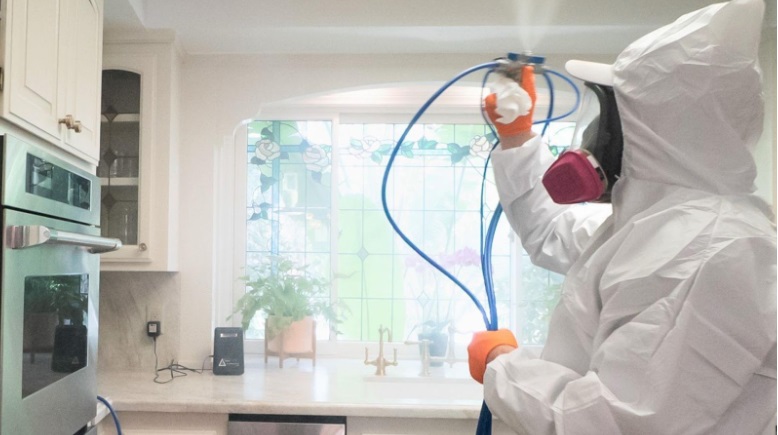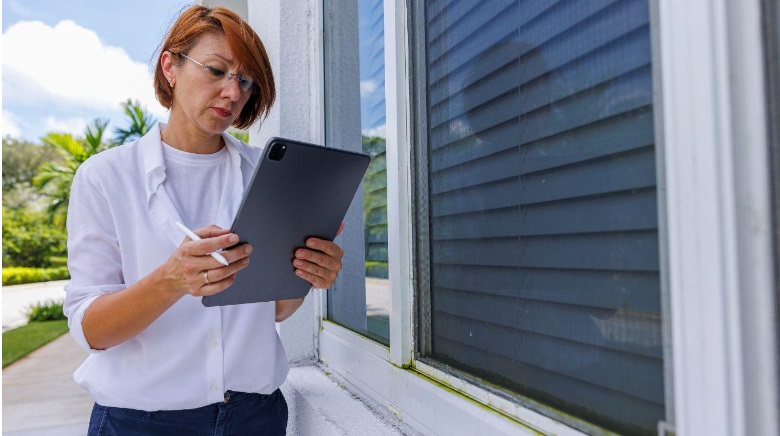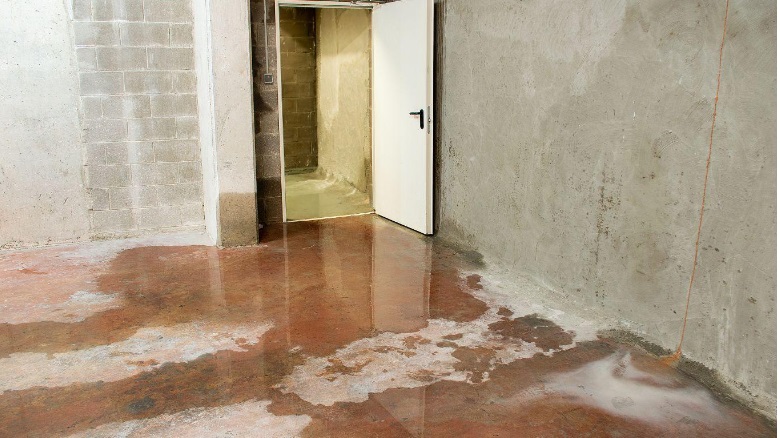
The sight of mold in your house can trigger feelings of disgust. This fungus isn’t only unattractive, but it can cause serious health problems. If you’ve been sneezing, coughing, or experiencing itching sensations on your body lately, the mold in your bathroom or other damp areas of your home could be the culprit.
Leave it to the Experts
You should contact a professional after discovering your house is mold-infested. Los Angeles mold removal companies like Mold Zero Services LLC know how to perform mold remediation, and can eliminate this hazard from your home within a short period. If you’ve ever wondered what happens during mold remediation, you’re in the right place. Here is the explanation of the whole process:
Assessing The Situation
When you inform a mold remediation company about the presence of mold in your home, they’ll perform an assessment. Their inspection may involve checking the drywall, beneath rugs, attics, bathrooms, and basements. As they examine these areas, they’ll take note of the extent of contamination. Minor contamination could make the visit brief. However, if it’s widespread, the professionals may have to thoroughly examine all the damp areas in your house, taking a longer time.

After their initial assessment, they’ll take mold samples. Different molds come with varying health risks. Through these samples, they’ll determine the level of contamination and develop a plan for combating the problem. A mold remediation professional should explain how they intend to get rid of the mold, and answer all the questions you ask them about the process.
Stopping The Water
Mold thrives in watery environments, making it necessary to seal moisture sources for effective remediation. It’s needless to eliminate visible mold if you can’t stop the dark and damp conditions that make it flourish.

Mold remediation companies use several techniques to identify water sources and combat mold growth. They may dig into the walls to find leaks, check your drainage system, and use sophisticated scanners to find hidden moisture sources. After they’ve identified the origin of the water, they’ll implement humidity control measures to create an environment less conducive to mold growth. This may involve using dehumidifiers to dry the damp areas and create additional ventilation. Additionally, they’ll repair your leaking plumbing systems to prevent long-term water damage.
Discarding The Damaged Materials
Properly discarding damaged items is the last step of the mold remediation process. Mold can infest both non-porous and porous material. Removing mold from non-porous surfaces may be easy. However, eliminating this fungus from porous items may be challenging. The best thing to do with these items is to safely discard them in landfills. Some common items that a remediation company may recommend discarding include carpets, drywall, clothing, insulation, and fabric-covered furniture.
The company will place these items in a tightly sealed and sprayed bag. After that, they’ll dispose of them according to the local regulations and guidelines in your area. Properly disposing of mold-infested materials contributes to a safer and healthier indoor environment.
The Bottom Line
Mold remediation is an essential service that every homeowner should invest in. Mold can damage furniture, walls, and other items within your home, and cause severe respiratory infections. When you contact a mold remediation company to eliminate this menace, you contribute to a healthier living environment.












